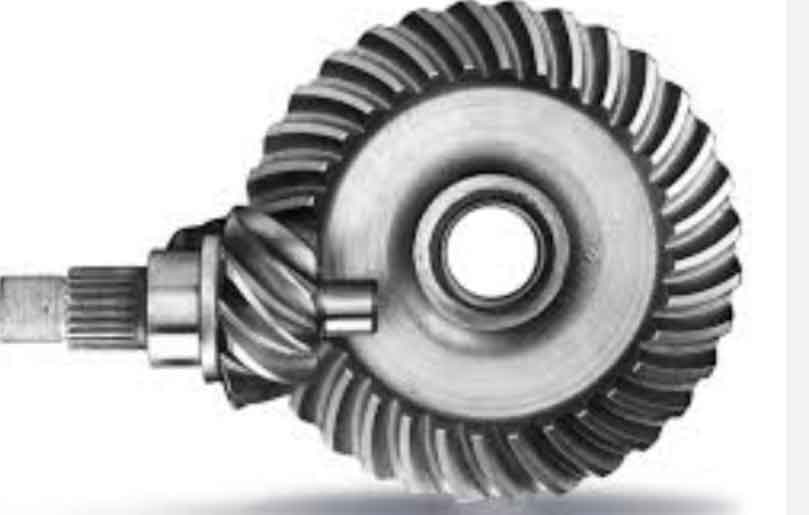
Hypoid gears offer a unique set of advantages, making them well-suited for various applications that demand quiet, efficient, and compact power transmission solutions. These gears, which are a type of spiral bevel gears, are designed with offset axes, resulting in distinct benefits that set them apart from other gear types. Here are the key advantages of hypoid gears:
1. Quiet Operation:
Hypoid gears exhibit quieter operation compared to straight bevel gears. The offset axes and tooth geometry minimize noise during meshing, reducing gear noise and vibration in applications where noise reduction is critical, such as automotive differentials and household appliances.
2. High Efficiency:
Hypoid gears offer excellent power transmission efficiency. The design features, including a large contact area and a high gear ratio, contribute to reduced sliding friction and energy loss, leading to higher gear efficiency and energy savings.
3. Greater Torque Capacity:
The offset axes in hypoid gears result in a higher contact ratio, allowing for multiple teeth to be in contact simultaneously. This design feature enhances the gear’s torque capacity, making hypoid gears suitable for heavy-duty applications that require high torque transmission.
4. Compact Design:
The offset axes in hypoid gears enable a more compact design compared to other bevel gears. This compactness allows for gearboxes to be designed with reduced space requirements, making them suitable for applications with limited installation space.
5. Increased Gear Ratios:
Hypoid gears offer higher gear ratios compared to other bevel gear types. This allows for precise and versatile gear ratio selection in various applications, such as automotive differentials and power tools.
6. Low Axial Thrust:
Unlike spiral bevel gears, hypoid gears produce significantly lower axial thrust. This reduction in axial thrust minimizes the need for thrust bearings and simplifies the design of gearboxes.
7. Versatility in Applications:
Hypoid gears find applications in a wide range of industries, including automotive, industrial machinery, power tools, marine, and more. They are commonly used in automotive differentials, rear-wheel drive systems, and power transfer units.
8. Smooth and Reliable Operation:
The continuous tooth engagement of hypoid gears ensures smooth and reliable power transmission. This smooth operation contributes to reduced wear and noise, enhancing the gear’s lifespan and performance.
9. Offset Design Flexibility:
The offset design of hypoid gears allows for various gear configurations, such as single offset and double offset gears, providing design flexibility for specific application requirements.
10. Heat Dissipation:
The sliding action in hypoid gears facilitates heat dissipation during operation. This heat dissipation property is beneficial for applications where heat generation is a concern.
Hypoid gears combine quiet operation, high efficiency, increased torque capacity, compactness, and design versatility, making them a favorable choice in numerous applications. Their unique characteristics and benefits unlock engineering possibilities, making hypoid gears a valuable component in various mechanical systems where quiet, efficient, and compact power transmission is paramount.
